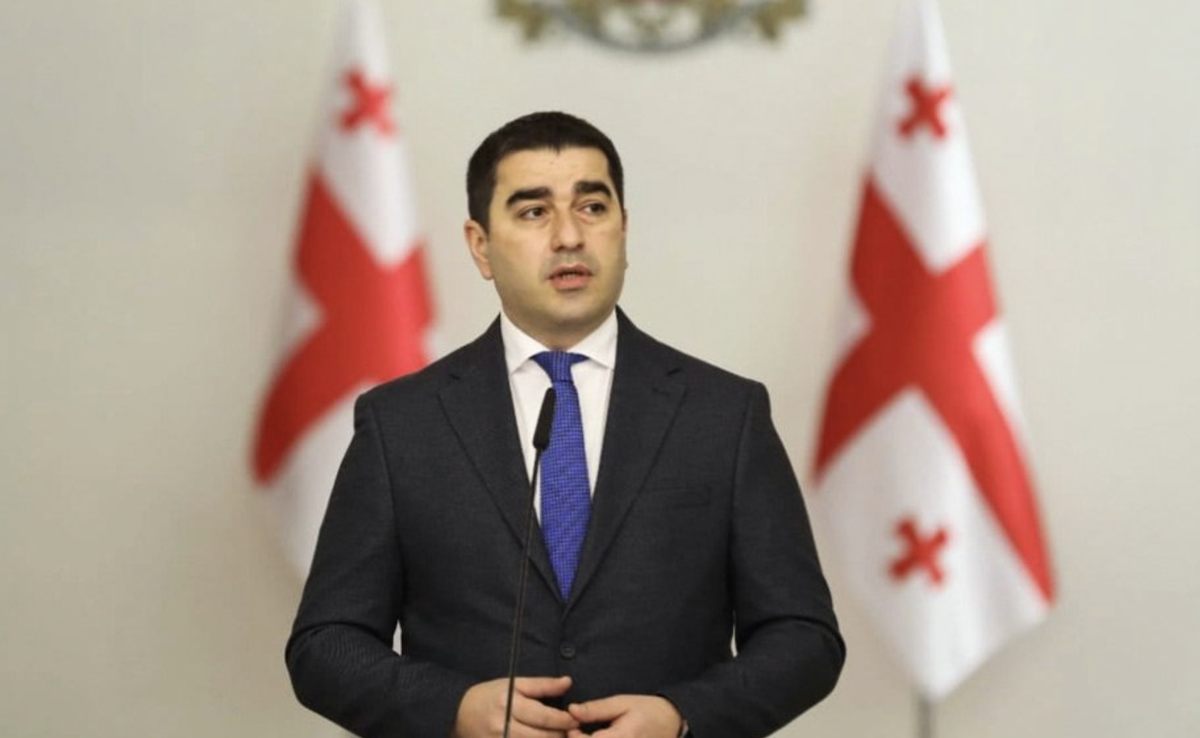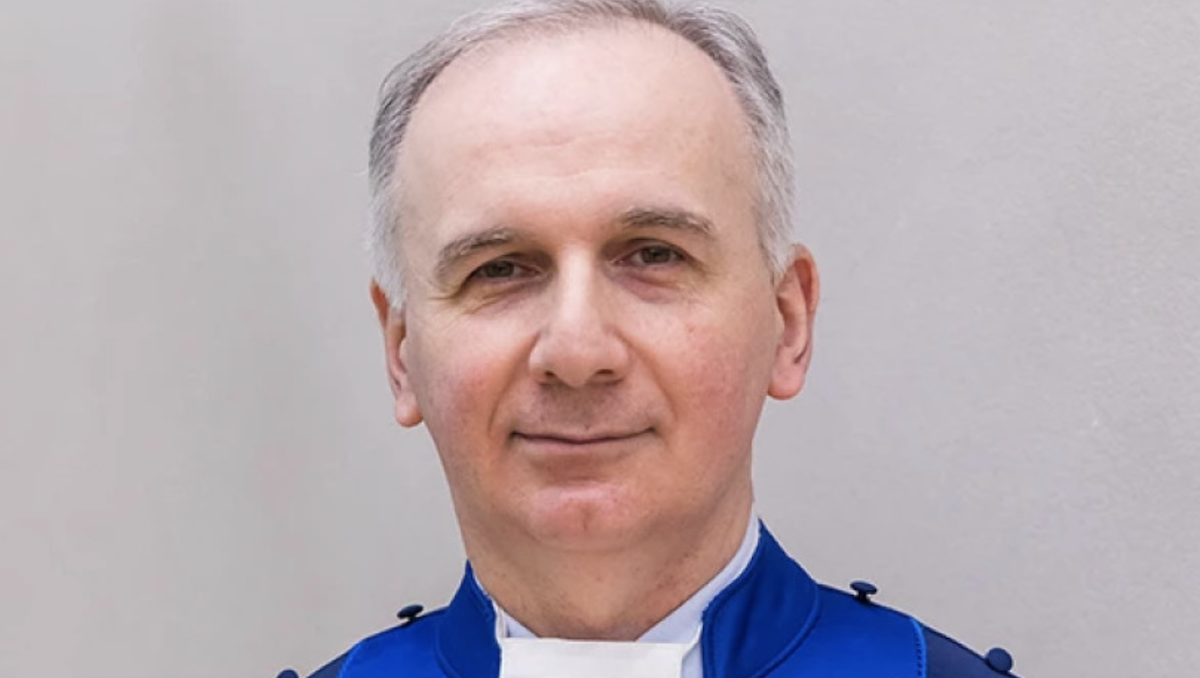Coronavirus in the North Caucasus: infection has spread to all regions and killed mufti of Ingushetia
Abdurrahman Martazanov, the head mufti of Ingushetia, has died from coronavirus on April 11. He was the most well known and respected theologian in the republic.
This was the main story during an anxiety-filled week in the North Caucasus, where the coronavirus is spreading rapidly.
In Dagestan, the epidemic has reached the “stage when control is lost.” In the Stavropol Territory, people are afraid of impending poverty due to shuttered business.
And many in the area believe the virus is a global conspiracy.
A brief overview of coronavirus pandemic news in the North Caucasus.
On April 11, 51 new cases of coronavirus were detected in the North Caucasus. In total, 275 people are infected in the region.
Across the entire Russian Federation, 1,667 people became ill during a 24-hour period on April 10. In total, as of April 11, there are 13,584 total cases in the country, and 106 people have died.
The Russian government has launched the site стопкоронавирус.рф (stopcoronavirus.rf), where the country’s coronavirus statistics are posted.
- Pandemic in Russia: despite new outbreaks, healthcare system critically unprepared, authorities discussing lifting quarantine restrictions
- Op-Ed: “Russia has abandoned its people”
- North Ossetia: warehouses brimming with alcohol, pharmacies without disinfectants
Ingushetia is experiencing a rise in cases. The reason may be a pilgrimage to Saudi Arabia
The latest data from Ingushetia states that there are 34 reported coronavirus cases and two people have died.
But another 60 people are waiting for the results of their secondary test for COVID-19, after their primary test turned out to be positive.
The death of Mufti Martazanov took everyone by surprise, and he died shortly after being hospitalized.
Before that, a 64-year-old man had also passed away from coronavirus.
Three of those infected are doctors.
Ingushetia is the clear leader in the North Caucasus in terms of virus spread and number of cases. Locals say there are two reasons for this.
One is poor management and oversight of restrictive measures.
The other is the local muslims who returned from a minor hajj (umra) to Saudi Arabia around ten days ago.
“These are dozens of people, and they could have been infected there. If so, then in the coming days, we will see the infection peak,” Timur Yevloyev, a resident of Nazran, told JAMnews.
In the largest cities of Ingushetia, Nazran and Magas, mosques were closed on April 3. But whether mosques in the villages are closed is unknown.
Dagestan: spread of the virus is out of control
Dagestan is currently facing the most difficulty. There, the epidemic has reached the “fourth stage,” when it spirals out of control.
As of April 11, there are 58 confirmed coronavirus cases in the region. Three people have passed away. Another 2,183 are in quarantine and 2,037 are in self-isolation.
Kabardino-Balkaria: first case diagnosed in person returning from Mecca
Official figures from April 10 report that 27 people fell ill in Kabardino-Balkaria. Two have recovered, and none have died. 1,020 people are in self-isolation.
Nalchik resident Fatima told JAMnews that there is no sense of panic either in the city or in the republic on the whole:
It is known that the first resident of Kabardino-Balkaria infected with coronavirus was a resident of the town of Chegem, who returned from the hajj to Mecca in Saudi Arabia.
“There is no one panicking or storming hospitals here. Everything is quiet. Many do not believe what they read on the internet. Nobody calls for rallies or protests.”
North Ossetia: the situation is bad, businesses and public transport begin running again
As of April 11, there were 27 people diagnosed with coronavirus in North Ossetia. Of these, one patient has died and three have recovered.
Another 90 people tested positive in the primary test for coronavirus and are currently waiting for results from the second.
777 people are in self-isolation.
Three employees from the North Ossetian administration building are quarantined under doctor supervision. Their preliminary tests for coronavirus came back positive.
The employees’ family members are also in quarantine and the administration building is being disinfected.
North Ossetian Minister of Health, Tamerlan Gogichaev, says that the trend they are seeing is not good. In his opinion, it is critical to maintain isolation. Otherwise, he says, “the picture may get worse, and the number of cases may grow dramatically.”
The quarantine regime will be in effect until April 19. However, the head of the republic, Vyacheslav Bitarov, said on April 10 that he did not intend to extend it or impose new restrictions, and has already allowed those with their own businesses to go back to work.
In Vladikavkaz, hairdressing salons and beauty salons have already opened again.
On April 9, public transport resumed operation.
There is an especially large number of people in the North Caucasus who consider the coronavirus pandemic a fiction. They urge people to stop self-isolating, take to the streets and hold rallies.
Chechnya: tough and brutal quarantine measures
Chechnya is the only North Caucasian republic that has closed its borders to Russian citizens without a local residence permit. However, freight and cargo vehicles still have access through this route.
Starting April 5, the government started imposing a strict self-isolation regime, closed all entrances and exits to and from the republic, and prohibited auto and pedestrian traffic between 8 p.m. to 8 a.m.
There are 22 confirmed cases of coronavirus. 15 people have recovered, one patient has died.
Head of Chechnya Ramzan Kadyrov supported the local police after they beat a local resident who violated quarantine.
“It’s better to beat one than to bury a thousand,” said Kadyrov.
Stavropol Krai: business is more important than coronavirus
Data from Stavropol Krai on April 11 shows that there are 52 cases of infection. One person has died, and 9 have recovered.
All resorts in the region – Zheleznovodsk and Pyatigorsk – are under quarantine.
“There are no tourists in the city at all, local residents are fined for violating the regime of self-isolation. They say that maybe everything will be closed until June, so we won’t be open for the holiday season,” an employee of a hotel in Pyatigorsk told JAMnews.
Local political activist Vitaliy Zubenko told JAMnews that people are divided into two roughly identical groups. Some insist on maximum self-isolation, while others say that the rammifications of ceasing all business activity will be worse than the coronavirus.
“Overall, it is not like the streets in Stavropol are deserted. People basically don’t wear masks and don’t keep a safe distance,” Zubenko said.
Adygea and the Karachay-Cherkess Republic
As of April 11, there are seven confirmed coronavirus cases in Adygea, and nine in Karachay-Cherkessia. Everyone infected is asymptomatic and are in self-isolation and under medical supervision in their own homes, and have been warned of criminal liability for violation of the regime.



















